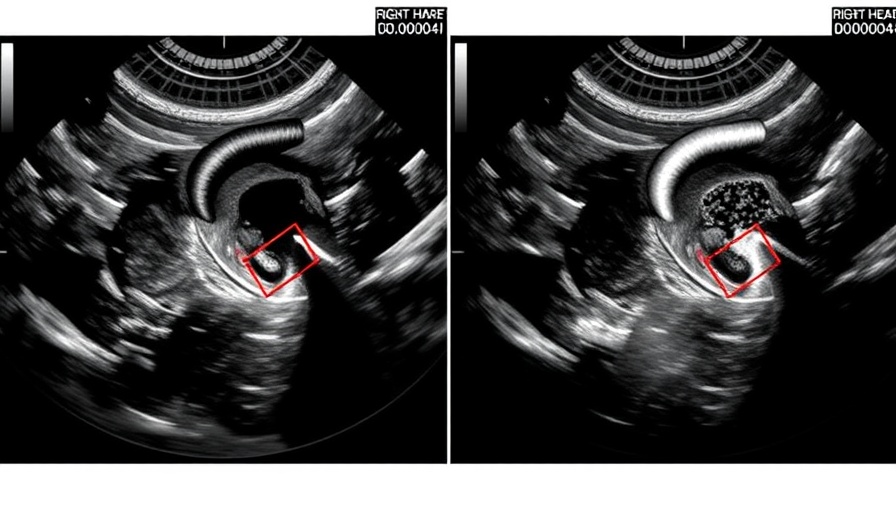
Understanding Right Heart Disease: The Foundations
Right heart disease often presents subtle signs that can challenge even seasoned veterinary professionals. The right heart (RH) includes vital structures such as the right atrium and ventricle, but its unique shape complicates direct evaluation. This article explores how focused cardiac ultrasonography (FCU) can effectively identify these challenges and contribute to timely treatments.
Leveraging Focused Cardiac Ultrasound (FCU) in Practice
In their comprehensive discussion, Dr. Natasha Yeh and Dr. Christopher Kennedy emphasize the importance of FCU, a technique that offers targeted views of the right heart, focusing only on right-sided imaging. By employing this method, clinicians can enhance their specificity in recognizing right heart enlargement and diagnosing conditions like fluid intolerance. However, while FCU offers critical insights, it won't replace a comprehensive cardiac evaluation by a cardiologist, which remains essential for identifying more nuanced cases of RH disease.
Measuring Size Ratios to Identify RH Issues
A fundamental question arises during imaging: Is the right heart oversized? The PLAX4 view allows practitioners to compare the right atrial diameter (RAD) with the left atrial diameter (LAD). A healthy RAD:LAD ratio is typically
Practical Tips for Veterinary Practices
Veterinary professionals should prioritize regular training on FCU to harness its full diagnostic potential. These efforts can lead to significant enhancements in patient outcomes, particularly when addressing right heart disease. Furthermore, integrating FCU training into the clinic's protocols not only optimizes operations but also attracts clients who seek cutting-edge care for their pets.
Insights into Future Trends in Veterinary Cardiology
The landscape of veterinary cardiology is rapidly evolving, particularly with advancing technologies such as FCU. As more practices adopt these technologies, it is crucial for veterinary hospital owners and managers to stay informed about emerging tools and techniques. This forward-looking approach can foster a culture of continuous professional development within veterinary clinics.
Common Misconceptions About Right Heart Disease
One common misconception in veterinary circles is the belief that RH disease only manifests visibly in advanced cases. In reality, as lesser-known symptoms present early, the integration of tools like FCU can help create more favorable prognoses. Education on these possibilities will empower practitioners to act decisively before serious complications develop.
Actionable Strategies to Enhance Client Trust
To foster client trust, veterinary practices should communicate the advantages of FCU and other diagnostic tools actively. Informing clients about the clinic's dedication to utilizing the latest technology not only showcases the facility's capabilities but also reinforces the commitment to quality care. Regular updates on advancements in treatment approaches will keep the practice at the forefront of client expectations.
Incorporating Continuous Education into Your Practice
Veterinary continuing education is pivotal for sustained success. Regularly participating in workshops and webinars can significantly enhance veterinarians' skills, boosting clinic operations and profitability. Staying current with feline and canine cardiology developments keeps practices high-performing and client-focused.
In conclusion, recognizing right heart disease through FCU is a blend of art and science, requiring both technological competence and clinical intuition. Veterinary practices that embrace this paradigm and invest in continuous education and technology will prosper in an increasingly competitive landscape.
 Add Row
Add Row  Add
Add 




Write A Comment